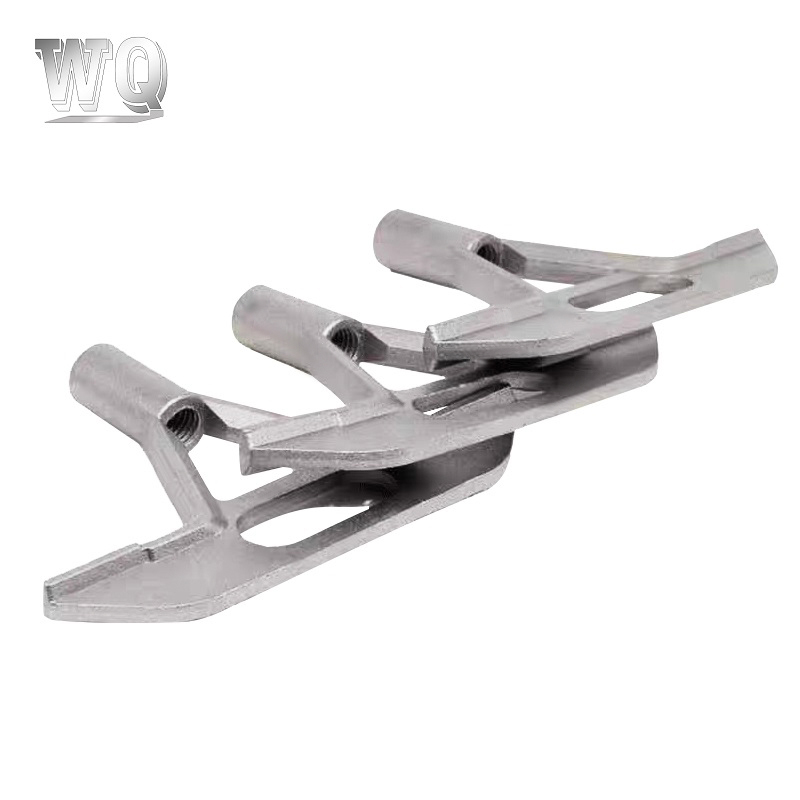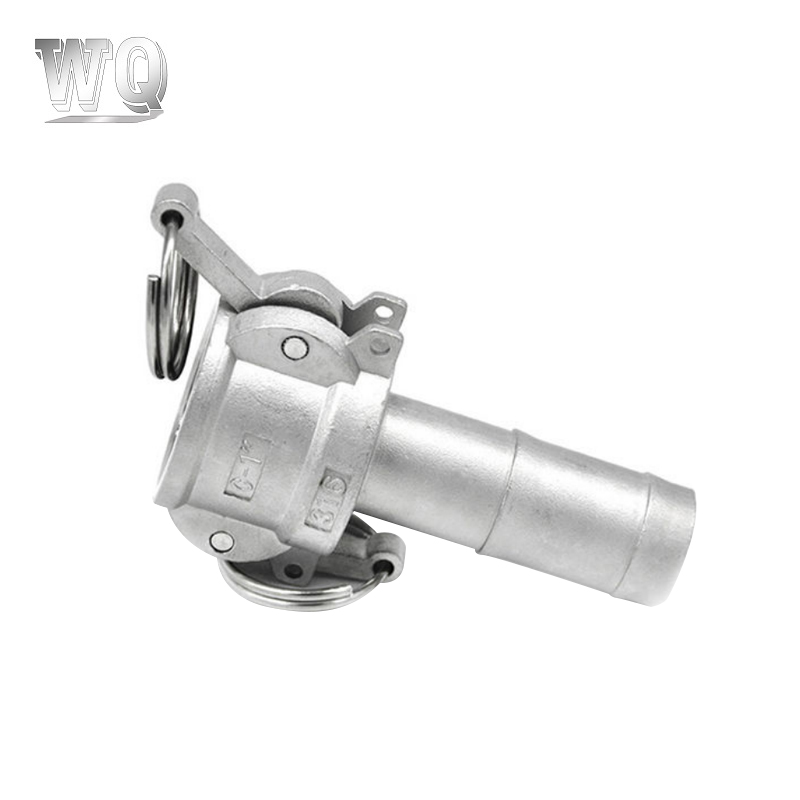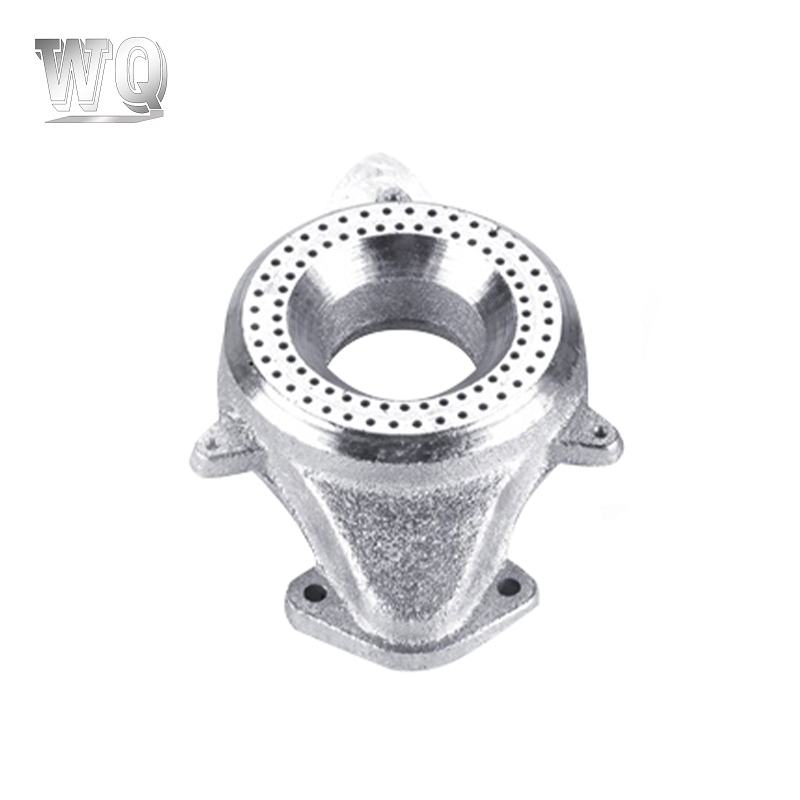The dimensional accuracy and surface roughness requirements of Aluminum Casting Parts usually depend on the application field, casting method, design requirements and quality standards of aluminum castings. The following are some general requirements for dimensional accuracy and surface roughness of aluminum castings:
Dimensional accuracy requirements
The dimensional accuracy of aluminum castings is usually affected by factors such as casting process, aluminum alloy type, mold design, cooling rate, etc. Dimensional accuracy requirements are generally expressed in tolerances, and specific requirements vary according to the purpose and process standards of aluminum castings.
Casting tolerances:
Ordinary aluminum castings: For general aluminum castings, the common dimensional tolerance is ±1.5%, that is, the actual size of the aluminum casting may deviate from the design size by 1.5%.
Precision casting aluminum castings: Precision casting (such as lost wax casting, precision sand casting, etc.) can achieve higher dimensional accuracy, with a common tolerance range of ±0.5% to ±1%, and even more stringent requirements can reach ±0.2 mm.
Accuracy level:
For general aluminum castings, CT7-CT9 level accuracy standards can be adopted (CT7 is a higher accuracy).
For aluminum castings with high precision requirements, the accuracy level can reach CT5 or higher.
Shape and structure of castings: In some cases, when the shape of aluminum castings is complex or has a thin-walled structure, stricter dimensional control may be required, and the tolerance will be stricter.
Surface roughness requirements
The surface roughness of aluminum castings is closely related to their use function, appearance requirements and post-processing process. The surface roughness requirements are usually determined according to the application of the casting, the appearance requirements and whether further processing is required.
Common surface roughness range:

Ordinary aluminum castings: The usual surface roughness is Ra 6.3-12.5 μm. These aluminum castings usually do not require subsequent surface treatment.
Precision casting aluminum castings: For precision casting aluminum castings, the surface roughness requirements are usually Ra 1.6-3.2 μm, and the surface of precision castings is required to be smoother for subsequent machining or surface treatment.
Aluminum castings with high appearance requirements: For example, in the fields of automotive appearance parts, consumer electronics, etc., the surface roughness requirements are usually lower, which may reach Ra 0.8-1.6 μm, and sometimes the surface finish is required to achieve a mirror effect.
Surface treatment of castings: Sometimes, in order to improve the appearance quality of aluminum castings or enhance their corrosion resistance, surface treatments such as anodizing, electroplating, spraying, etc. may be performed. These treatment processes can improve the surface roughness and achieve a smoother effect.
Influencing factors
Casting process: The casting method (such as sand casting, pressure casting, precision casting, etc.) directly affects the surface quality and dimensional accuracy of aluminum castings. For example, precision casting can usually achieve higher dimensional accuracy and lower surface roughness.
Aluminum alloy type: Different types of aluminum alloys have different fluidity, shrinkage and hardness, which will also affect the dimensional accuracy and surface quality of aluminum castings. For example, some aluminum alloys may have large dimensional deviations due to shrinkage or thermal expansion during the casting process.
Mold design: The design accuracy, surface treatment and service life of the mold also have an important influence on the dimensional accuracy and surface quality of aluminum castings. For example, the higher the surface finish of the mold, the lower the surface roughness of the aluminum casting will generally be.
Casting parameters: Temperature control, pouring speed, cooling rate, etc. during the casting process will also affect the size and surface quality of aluminum castings. Too fast or uneven cooling may cause dimensional deformation or surface defects in aluminum castings.
For high-precision aluminum castings, sophisticated casting processes and strict quality control are key factors to ensure that dimensional accuracy and surface roughness requirements are met.









